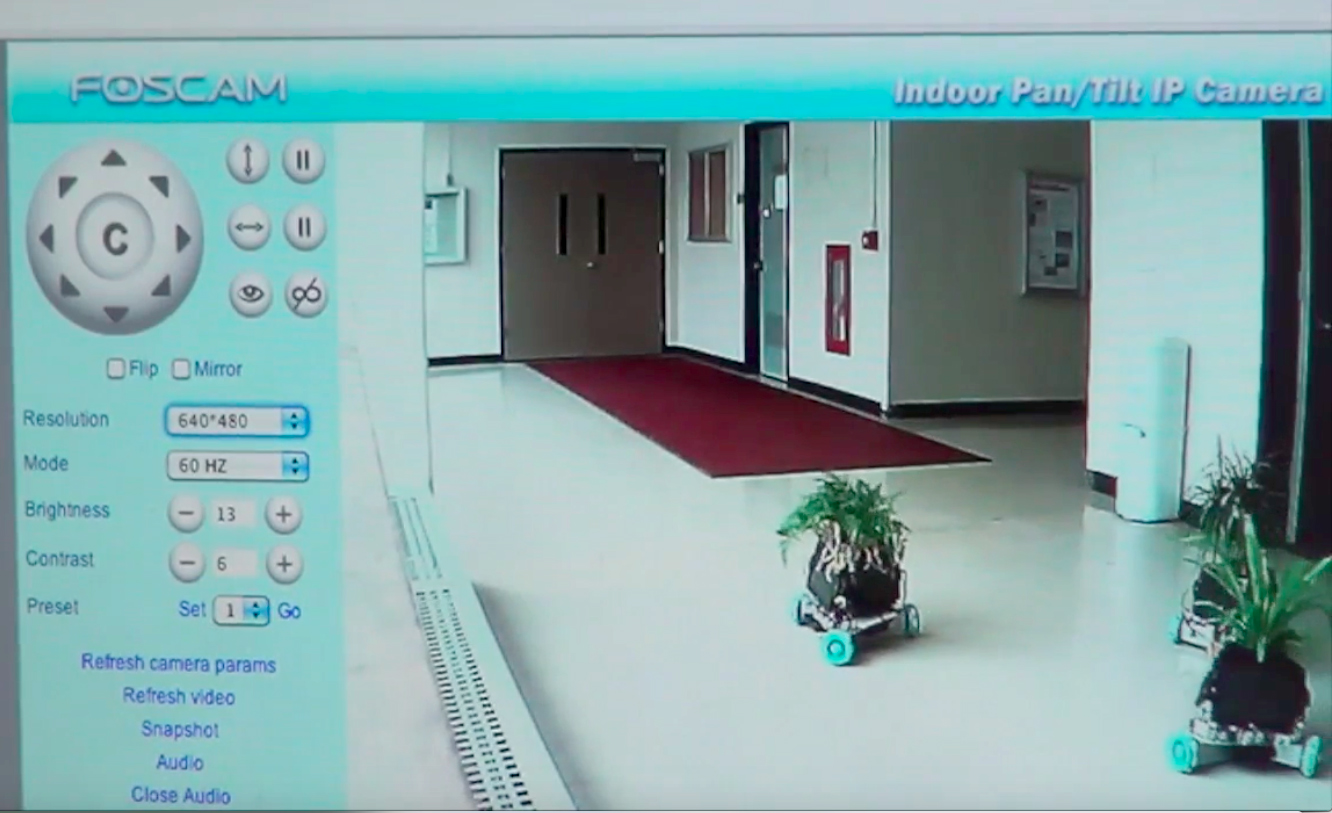
IndaPlant Project


Nominee
Elizabeth Demaray
Selected Links
https://vimeo.com/90457796 https://elizabethdemaray.org
Category
InnovatingAbout This Project
The IndaPlant Project is an exemplar because it merges plants and robots in a way that creates an automated environment focused on the nurture of the plants. IndaPlant required adapting innovations from computer science and robotics in order to decode the plant-generated bio-information, and model solutions that allowed the plant-robots to seek sunlight and water. The floraborgs (plant robots) developed in the project could allow for automated biodomes that would benefit plants and humans alike. This project presents promising advances for sustainable agriculture.
From the Nominee:
The IndaPlant Project: An Act Of Trans-Species Giving—originally beginning as a collaboration between the myself and the engineer Dr. Qingze Zou—is designed to facilitate the free movement and metabolic function of ordinary houseplants. In this effort, we have have successfully created a floraborg, a term we coined to describe an entity that is part plant and part robot. This work has recently led to the creation of a larger team which now includes the biologist Dr. Simeon Kotchoni and the computer scientist Dr. Ahmed Elgammal. Our group is currently working on the creation of a floraborg biocyber interface. Addressing the super sensory capacities of plants, this interface allows humans to decipher plant-based information on ecosystem health, the effects of climate change and air pollution. In this capacity, the IndaPlant may allow us to model and support environments that are able to sustain humans and plants alike. A video of the current project plant community can be viewed at https://vimeo.com/90457796.
At the project’s inception, I initially intended to mount the plants on light-seeking Brattenberg vehicles. Originally created through a series of thought exercises by the Italian/Australian Cyberneticist Valentino Brattenberg, these simple vehicles utilize a basic schematic for attraction and avoidance. Once the IndaPlant team began considering the possibilities inherent in the creation of a floraborg however, we realized that we could instead wire the vehicle through an Arduino board. This current configuration not only allows for species-specific programming but also supports simple adaptive behavior, in the form of machine learning. The current IndaPlant community consists of three data-sharing, light-sensing, robotic vehicles, each of which can respond to the needs of a potted plant by moving it around in three-dimensional space in search of sunlight and water.
